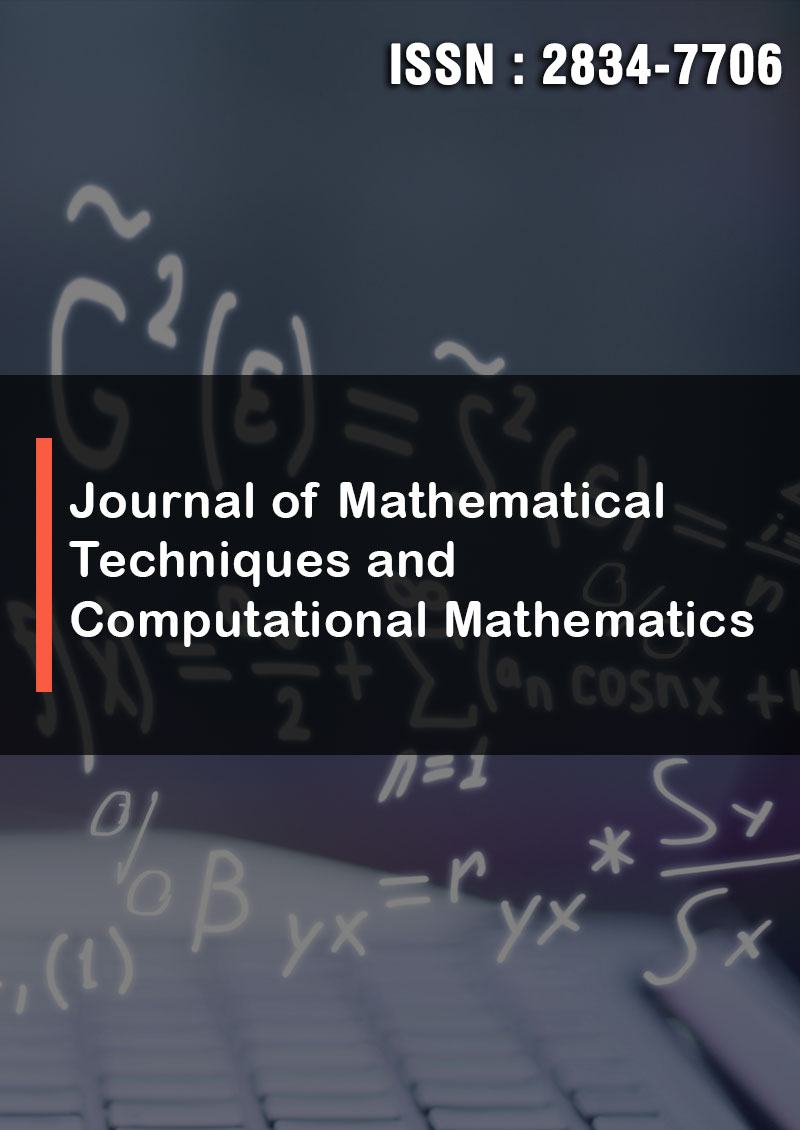Fractal Architecture of the Universe Based on Primary-Centric World-View-A Post Copernican Conjecture
Abstract
Bijay Kumar Sharma
This paper investigates the fractal architecture of our Universe based on Primary-Centric Theoretical Formulation. Through theoretical analysis of Earth-Moon System, I arrived at the planetary satellite dynamics which was found to apply equally well to Solar and Exo-solar systems. This gave the theoretical foundation of the New Perspective of the birth and evolution of Exo-solar Systems. This was further extended to the theoretical analysis of star pairs and Neutron-Star pairs. This laid down the Primary- centric World View which I postulate as the physical process which has been shaping the evolution of the Universe and the hot-spots of the Cosmic Microwave Background Radiation right from 380,000 yrs after the Big Bang to date in top-down model resulting into Super-clusters, Clusters, Galaxies and Solar Systems. Primary-centric analysis corresponds to keplerian Analysis for negligibly small mass ratio less than 0.001. In the Copernican Framework, Kepler’s Third Law places no restriction on the orbit of the secondary component in a celestial pair. In Primary Centric Framework there is a very definite constraint on the permitted stable orbit, introduced due to periodic tidal deformations . There are two Clarke’s Orbits which are fully circularized and synchronized and hence nondissipative and equilibrium orbits called inner and outer Clarke's orbits equivalent to two geo- synchronous orbits in Earth-Moon scenario. Outer Clarke’s Orbit is permissible as a stable orbit if the mass ratio of secondary to primary is greater than 0.2, Inner Clarke’s Orbit is permissible if mass ratio is less than 10-4 . If the mass ratio is between 10-4 to 0.2 then secondary spirals-out from inner Clarke’s Orbit to outer Clarke’s Orbit if it tumbles into super-synchronous orbit and spirals-in if it tumbles into sub-synchronous orbit destined to be destroyed by the primary. My conjecture states that every cosmological sub-system has a Monarch (or dominant) Primary (M_primary) Component anchoring the given sub-system and this Primary decides the stable equilibrium orbits of the secondary/secondaries. Planet-Satellite has a Planet as the M_primary, Solar System and exo-Solar Systems have a planet hosting star (PHS) as the M_primary, Galaxy has a Super-Massive Black Hole(SMBH) as the M_primary, Cluster has a cD galaxy (central dominant Galaxy) which is also known as Brightest Cluster Galaxy(BCG) as the M_primary, Super-Cluster has a massive Cluster hosting a QUASER/Blazer as the M_primary. This goes ad- infinitum until a Cosmic Web is woven with Cosmic filaments. This conjecture gains a definite credence after the recent discoveries of the over-massive Black Holes in M_Galaxies namely Messier 87 in Virgo Cluster, NGC 3842 in Leo Cluster, NGC 4889 in Coma Cluster[68] and NGC 1277 in Perseus Cluster[66] which had been proposed as M_Galaxies on general considerations even before the confirmation of over-massive black holes. In 2011, a group of floating planets have been discovered. This is a transitory event and is an exception to this conjecture.



